In many environments, software license costs simply dominate hardware costs. This is the market that the Intel Xeon Gold 6250 is designed to address. In years past, we had hardware-based license models that included per machine or per-socket licensing. Now, common hardware-based models include per core metrics. As a result, Intel has produced lines of chips for years that effectively took dies from high core count parts, kept caches active, and enabled only a few cores. This allows clock speeds to increase and higher cache per core ratios which optimize for per-core licensing models by increasing work done per core. In our review, we are going to look at one of the latest models.
Key stats for the Intel Xeon Gold 6250: 8 cores / 16 threads with a 3.9GHz base clock and 4.5GHz turbo boost. There is 35.75MB of onboard cache. The CPU features a 185W TDP. These are $3400 list price parts. Here is the ARK page with the feature set.
Here is the lscpu output for the Intel Xeon Gold 6250:
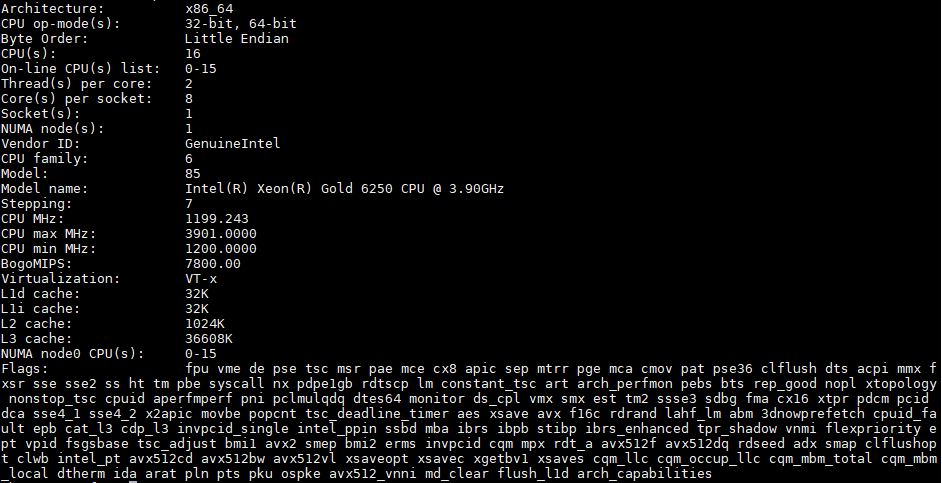
That base clock speed of 3.9GHz is and top-end speed of 4.5GHz are effectively top-tier metrics in the first and second generation Xeon Scalable range. There is a lot of power being used for this as we get a 185W TDP for 8 cores or over 23W per core. For comparison, the Xeon Platinum 8280 has under 7.5W TDP per core.
As we discussed in our Big 2nd Gen Intel Xeon Scalable Refresh Brings Competition Anew piece, Intel made a massive shift in its lineup during Q1 2020. At the time, the company introduced the “R” refresh parts, but there were two other SKUs as well. The Intel Xeon Gold 6256 and the Gold 6250 we are discussing today.
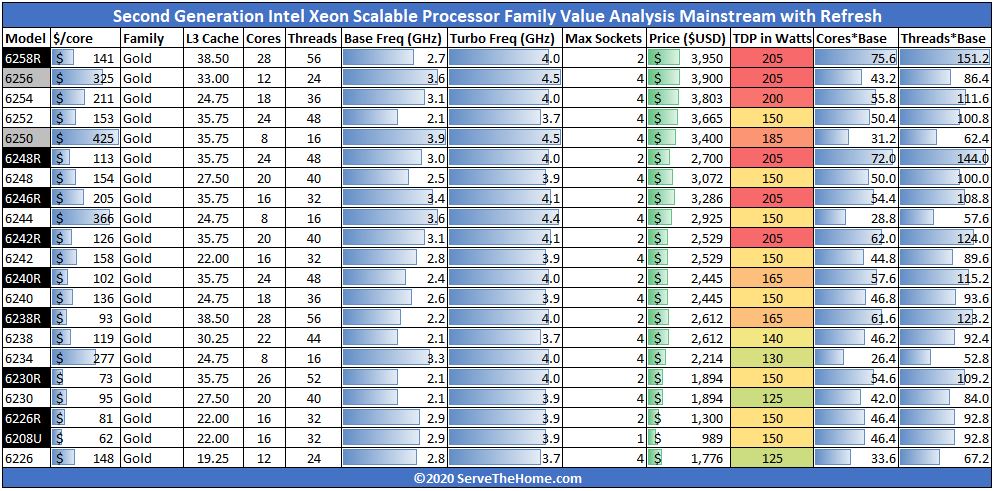
You will notice that we highlighted those two SKUs neither in white for original launch SKUs or black for the R-refresh parts. Instead, they were grey and they also do not have an “R” tag. The reason this is significant is because these are 3x UPI link parts, while the “R” parts are 2x UPI link parts. As a result, they can be used in 4-socket servers in a fully connected topology. Speaking of topology, here is the topology map for the Xeon Gold 6250:
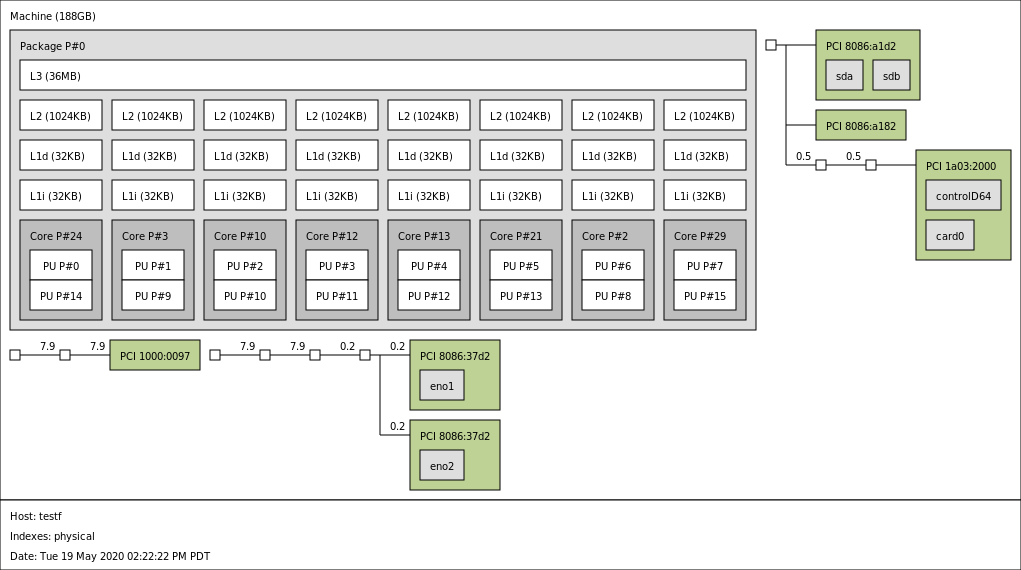
Here we get the same L1 and L2 caches per core that we see across the line. The big difference is the 35.75MB of L3 cache that each of those cores can share. That creates a L3 cache that has almost 4.5MB per core which is much higher than the standard 1.375MB L3 cache per core that we see on many Xeon Scalable SKUs.
While Intel focused on clock speed per core, the majority of the refresh line was focused on bringing cost per core down across many SKU levels. That is not the focus of this chip. This was focused on further pushing a competitive wedge in the per core-license processor market before the AMD EPYC 7F32 arrived.
If you want to learn more about the Xeon Scalable refresh SKUs that were designed to offer more cores and performance at lower price point, see the review linked above or this video:
For this review, we are instead going to focus on the lower core count and higher clock speed market.
Test Configuration
We are using a testbed that is designed for the higher-205W TDPs that some of the new refresh parts can hit, specifically the Supermicro SYS-2029UZ-TN20R25M or “2029UZ-TN20R25M” server. We published our Supermicro 2029UZ-TN20R25M Review recently if you want an in-depth look at the machine.
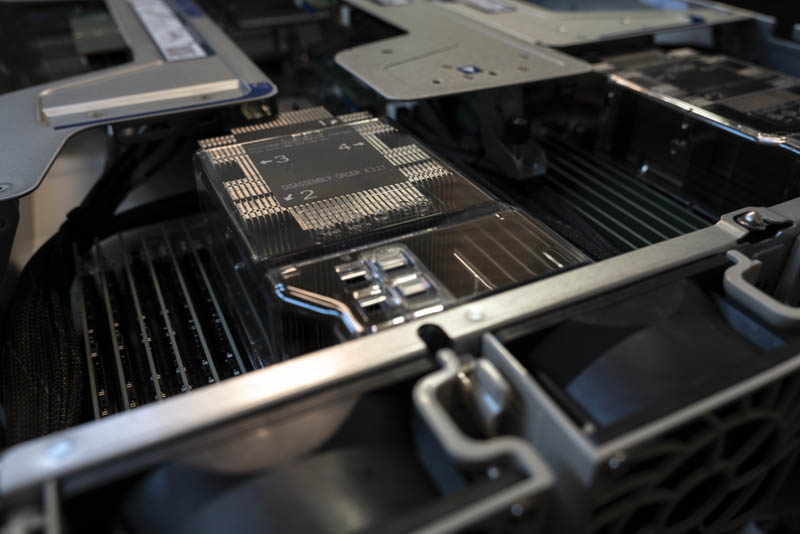
The Supermicro 2029UZ-TN20R25M is a 2U dual-socket server that is part of the company’s “Ultra” line meant to compete in the higher-end of the server market. We requested this server specifically because it has 20x NVMe SSD bays, it supports Intel Optane DCPMM, and it has built-in 25GbE. 25GbE is a major networking trend and we have already started doing overviews of 25GbE TOR switches such as the Ubiquiti UniFi USW-Leaf 48x 25GbE and 6x 100GbE switch overview and the Edgecore AS7712-32X Switch Overview. We have done adapter reviews such as the Supermicro AOC-S25G-i2S, Dell EMC 4GMN7 Broadcom 57404, and the Mellanox ConnectX-4 Lx. We also have more 100GbE switch reviews in the publishing queue so we wanted to start focusing on the new systems.
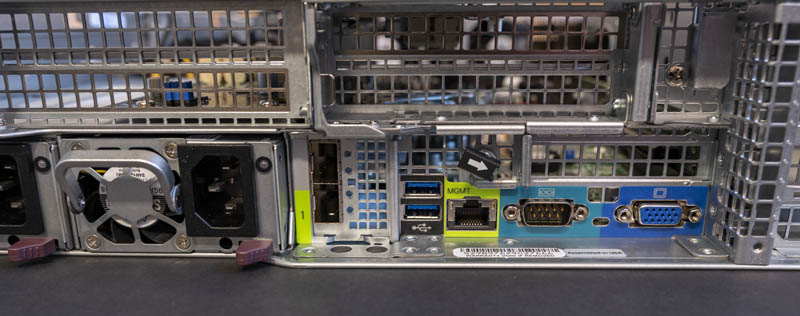
This Supermicro 2029UZ-TN20R25M platform is significant for another reason. It supports 205W TDP CPUs. That is a feature not every dual Xeon server has. For this reason, we wanted to use the Supermicro 2029UZ-TN20R25M which is a higher-end platform capable of handling this range of refresh CPUs.
- System: Supermicro 2029UZ-TN20R25M
- Memory: 12x 32GB DDR4-2933 DDR4 DRAM
- OS SSD: 1x Intel DC S3710 400GB Boot
- NVMe SSDs: 4x Intel DC P4510 2TB
Overall, this is is a fairly simple configuration but we are focused on CPU performance here. We are taking a further step and we tested these CPUs both in single and dual-socket configurations, so we will have some results of both views. The Supermicro Ultra server we are using we recommend using only in dual-socket configurations, however, we thought this would be a good way to spice the review up.
Next, it is time to get to our benchmarks.

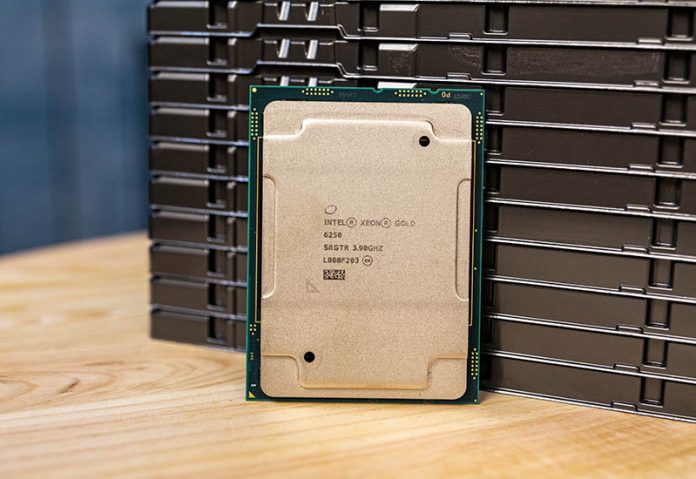



Looking forward to ZEN3
I really appreciate the high-frequency reviews. In my industry (semiconductors) simulation is (usually) a single-core process with very high licensing costs so money spent on faster cores is a no-brainer. While the proprietary software is obviously difficult to include in benchmarks I’d love to see Verilator benchmarks against an open-source core (e.g. Rocketchip)
There’s another facet that is perhaps too obvious to mention, but when the “long-pole” to tapeout are jobs that may run for 2-3 weeks, a high frequency part may get you there a week earlier. That’s real money, especially for a small company which, if it misses its window, might have to wait more than a month to get another slot at the fab.
so, roughly an 8700K with ECC support for $3400?
Seems tad….pricey. Might as well just include an Epyc mainboard and CPU at that cost
Review is written (seems to me) from the server oriented point of view. If someone needs workstation and does not need that much RAM, he/she can also try to use Threadripper or Xeon W line of CPUs. In the former case RAM max on 256GB, in later on 1TB. Both lines provide high frequency cores cheaper than compared/considered Epyc F/Xeon Gold.